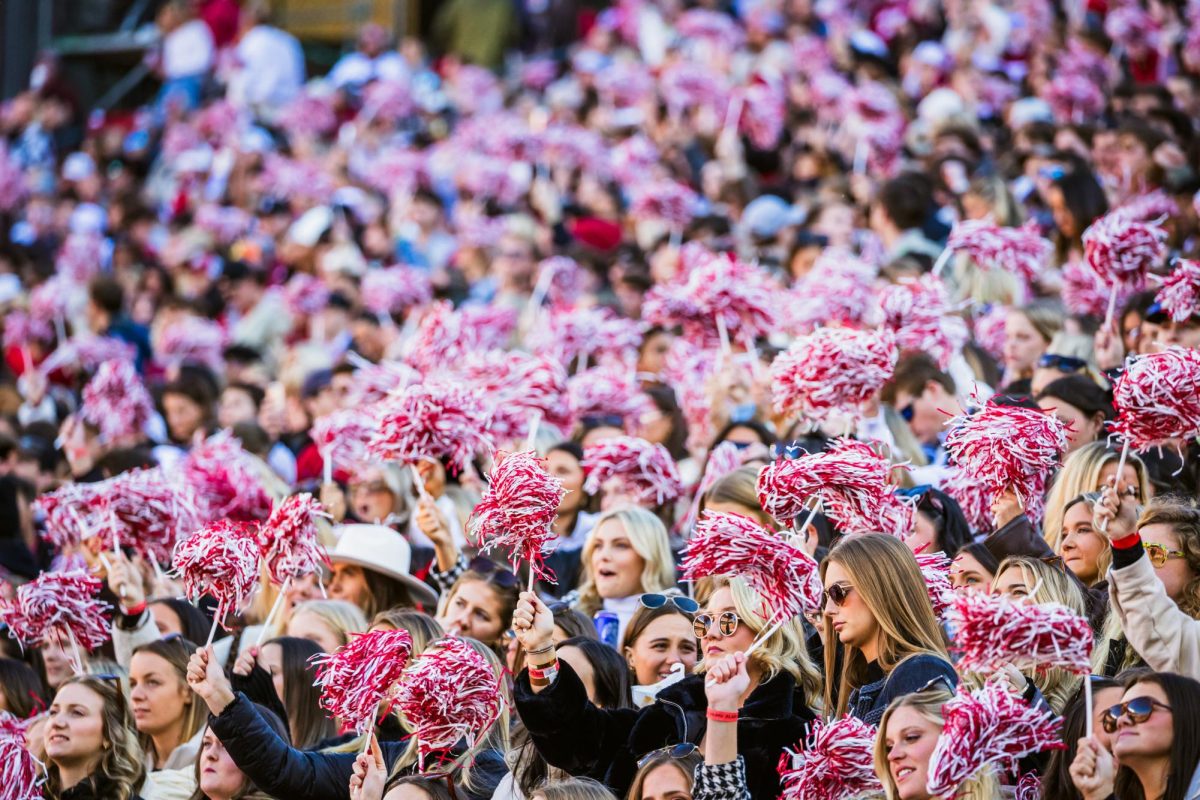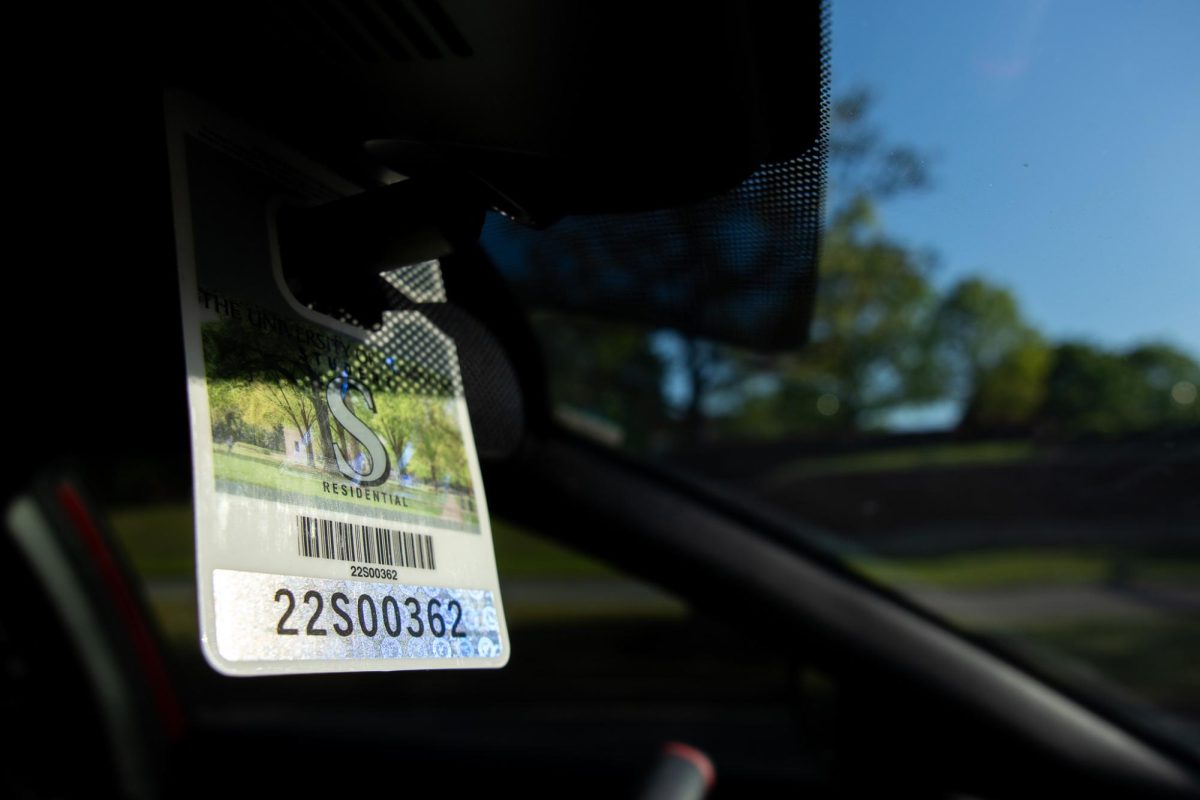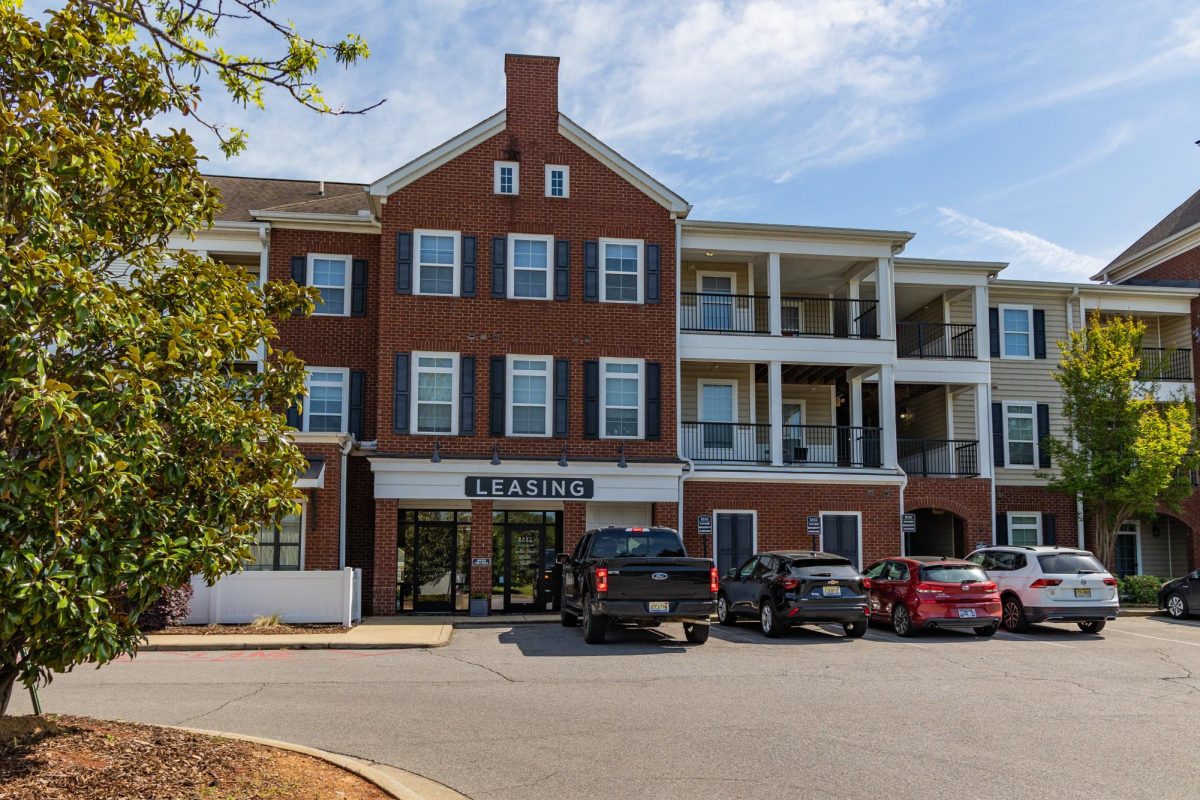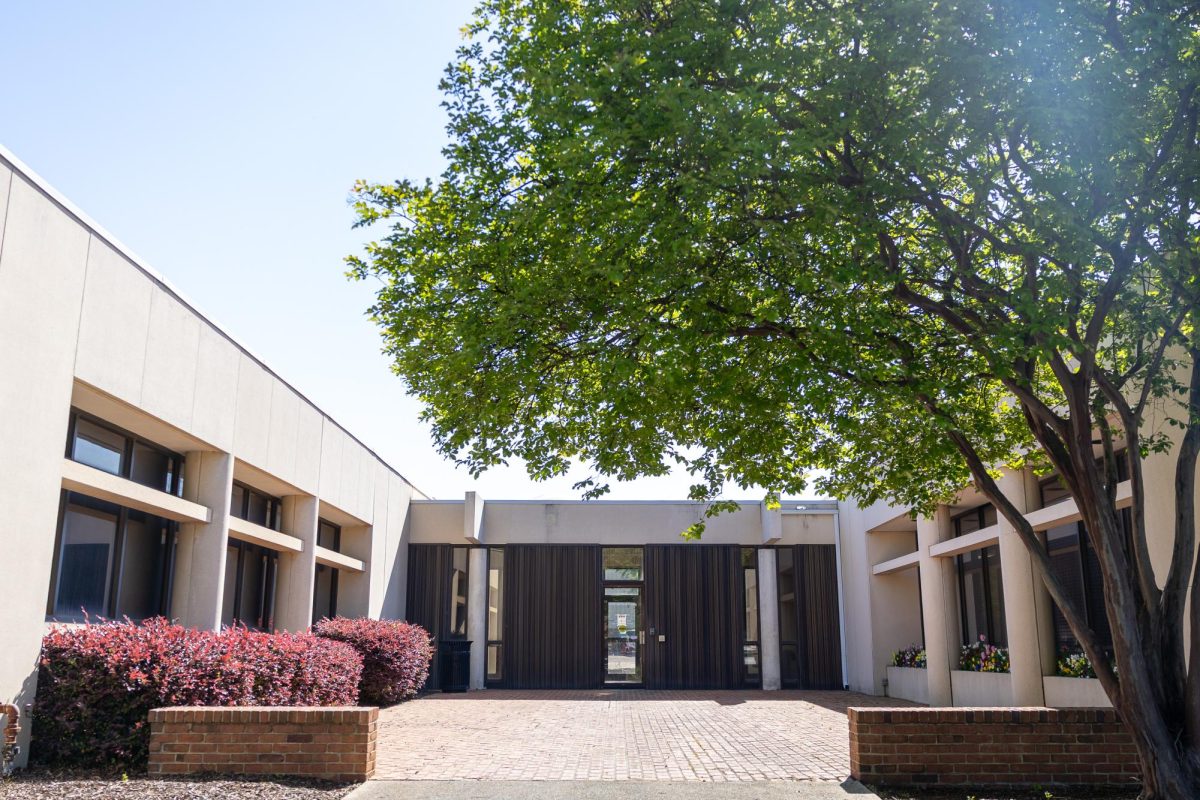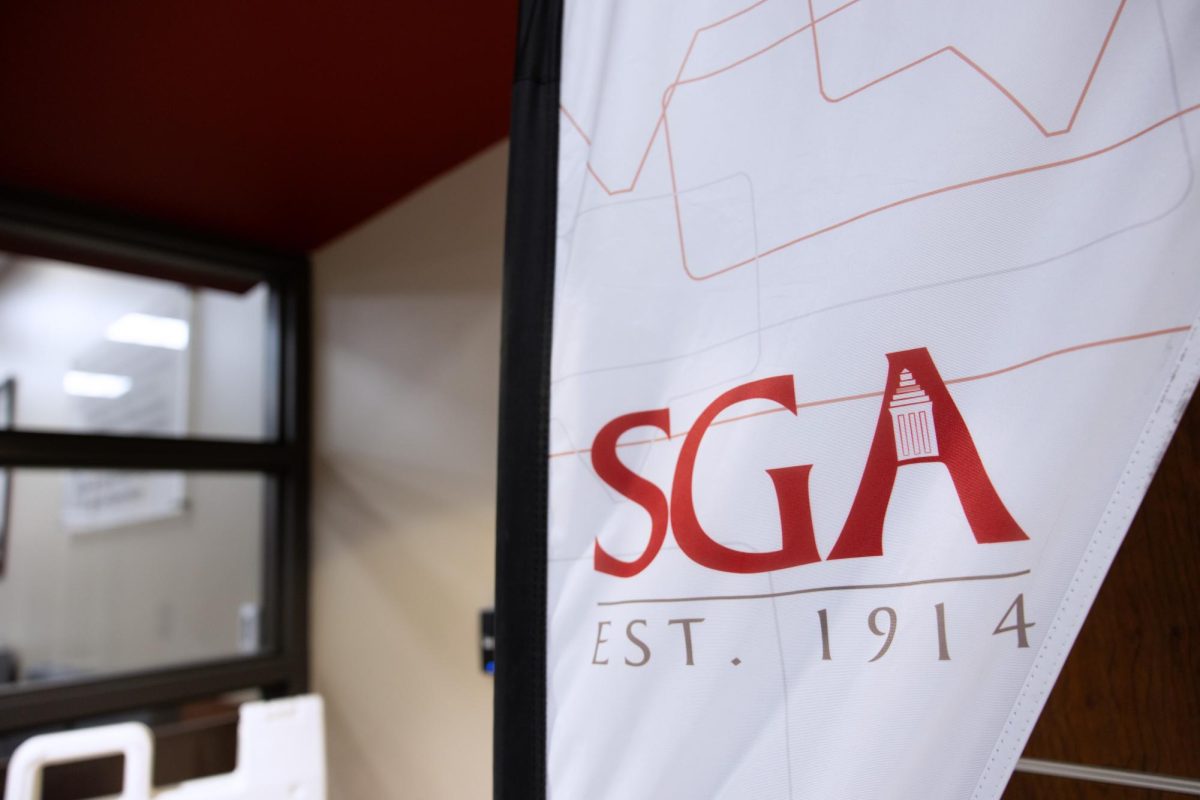Tuesday’s SGA elections brought in fewer voters than in 2015, according to the election results released on vote.ua.edu. Only 13,751 UA students logged on to vote – a decrease of 1,180 voters from last year.
In recent years, SGA elections have been subject to a consistently low rate of voter turnout. Since 2010, the percentage of student participation in comparison with enrollment totals has never surpassed 50 percent – 2015’s result remains the highest at 43.51 percent.

Norm Baldwin, a political science professor and voting staff member of the SGA Elections Board, said he doesn’t believe the decreased turnout means that students weren’t interested in the election.
“Low voter turnout can reflect any number of things – it can reflect apathy, it can reflect alienation or it can reflect contentment,” Baldwin said. “When I say contentment, what I mean is that people believe that any one of the candidates is fine and they don’t feel compelled to go to the polls to either vote for someone they really love or vote against someone they believe is a poor candidate. It doesn’t always reflect something bad.”
Baldwin served as one of the moderators for Monday night’s presidential debate and said he believed all three candidates were presented as equally strong.
“I don’t think students felt the need to go the polls to vote against someone who was a real scoundrel, really incompetent,” he said.
Baldwin said he attributes some of the decrease in turnout from last year to this year to a lack of a momentous selection opportunity as was present in the race between current SGA President Elliot Spillers and his competitor, Stephen Keller.
“Certain things drive people to the polls,” he said. “Last year, having the opportunity to elect only our second African-American SGA president in the history of the University, that drew people to polls. That was a big deal with Elliot Spillers. But it’s very difficult to predict student voter turnout.”
One factor that has typically served as a predictor for increases in voter turnout is contested positions. In the past six elections, there has been an increase from each year to the next when the President position is contested. In 2013, the only contested position was executive secretary, and the percentage of voter turnout decreased from about 32 percent to a mere 17.48 percent.
 This year, however, did not follow that trend. Every executive office was contested by an independent candidate, and two offices, president and vice president of Academic Affairs, even had three candidates each. Despite this, the election saw a near 15 percent decrease in turnout.
This year, however, did not follow that trend. Every executive office was contested by an independent candidate, and two offices, president and vice president of Academic Affairs, even had three candidates each. Despite this, the election saw a near 15 percent decrease in turnout.
Ryan Campbell, a graduate student studying marketing and chairman of Capstone Coalition, said he also believes the turnout decreased because the race was not as prominent as last year’s, but he expects to see a steady rise in voter turnout as independent candidates and voters continue to be engaged.
“While this year, from a competitive standpoint, we made a huge step forward, there just wasn’t as much history surrounding the candidates,” Campbell said. “It’s going to be a long incremental process to increase voter turnout.”
Click here to read The Crimson White’s election coverage.



